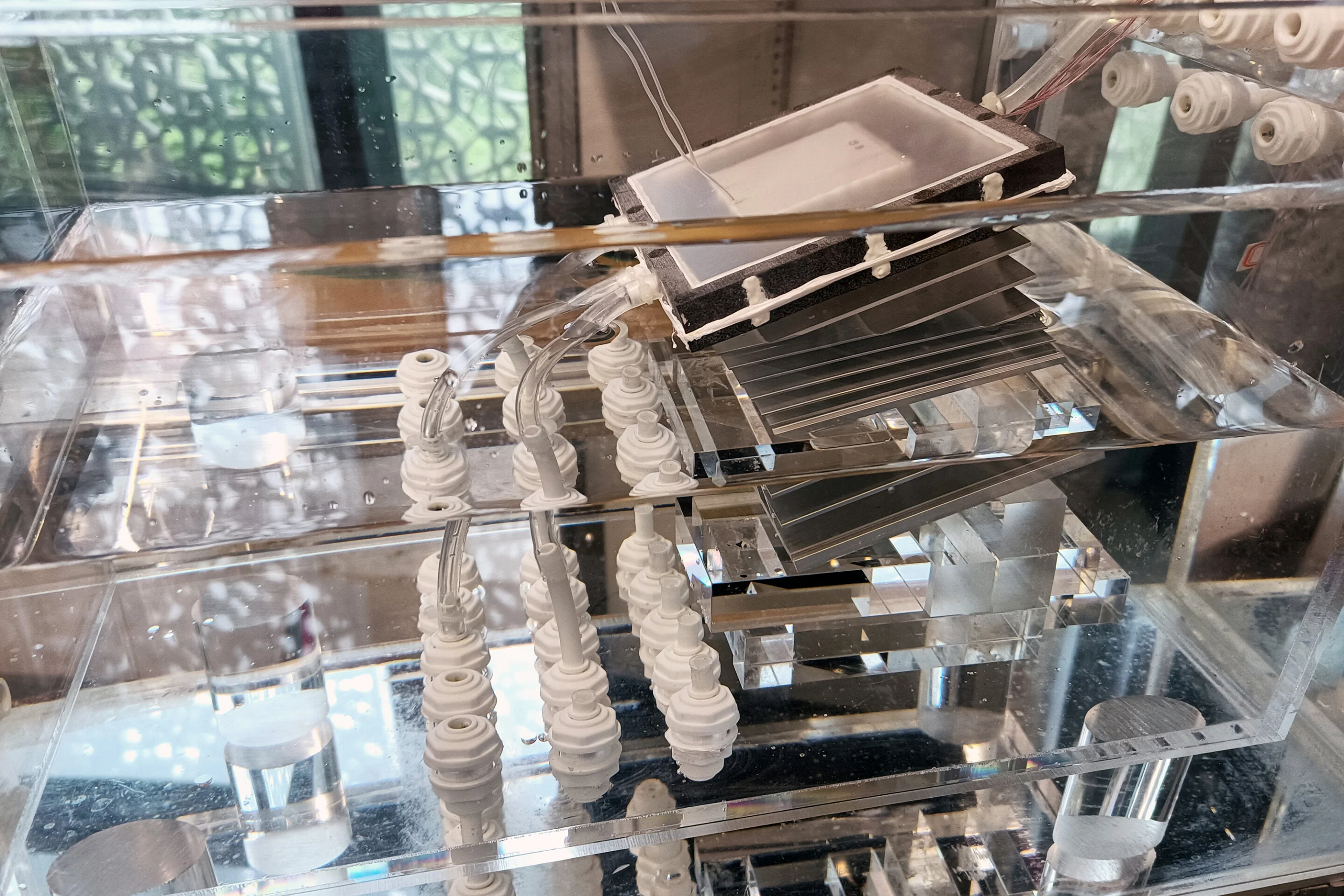Researchers of the MIT developed a new solar powered passive water desalination system. They claim the system is low in maintenance and could produce water thst is cheaper than tap water.
This could be big for certain desert states and communities, who struggle with access to fresh water.



It seems a considerable amount of research and testing went into controlling the eddies such that they auto-cleanse the system from salt.
That doesn’t necessarily mean the end result is too complicated to make at home, but maybe.
Either way, if promises hold true, this could mean passive, very cheap, decentral, efficient, low-maintenance desalination devices. Huge if true.